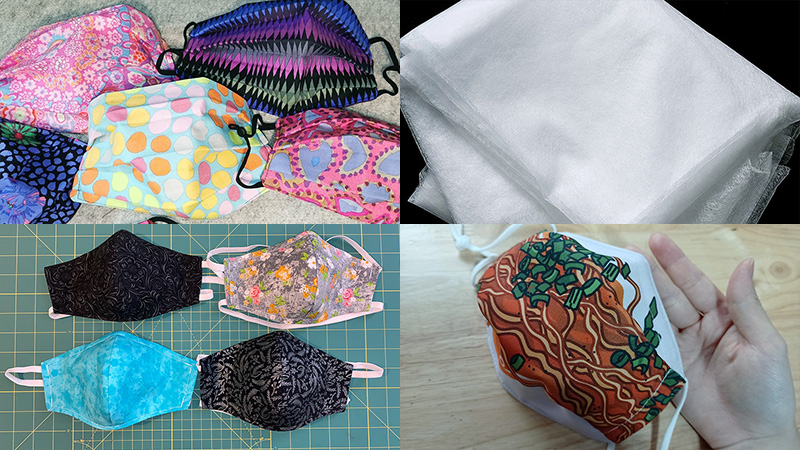
The world of sewing and textile craftsmanship is a realm where creativity converges with precision and technique. At the heart of this intricate craft lies the art of interfacing.
Interfacing materials, often unnoticed but indispensable, are the unsung heroes of sewing projects. These unassuming textiles, ranging from fusible to non-fusible, woven to knit, and more, possess the remarkable ability to transform ordinary fabrics into exceptional creations.
They provide structural integrity, support, and aesthetic finesse to garments, quilts, accessories, and countless other fabric-based endeavors. In this exploration, we embark on a journey to uncover the diverse and vital role played by interfacing materials in the world of textiles and sewing.
1. Woven Interfacing
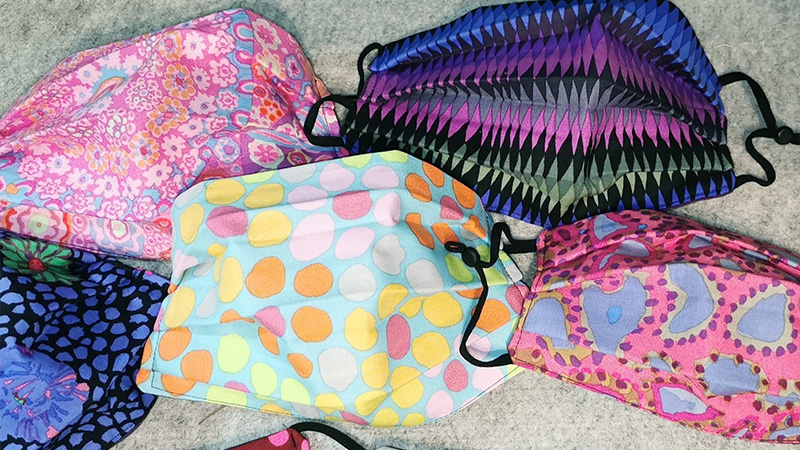
Woven interfacing is a textile material commonly used in sewing and garment construction. It consists of tightly woven fibers, often made of cotton or polyester, and serves as a supportive layer when sewn into fabrics.
This versatile material adds stability to fabrics, reinforcing them in areas such as collars, cuffs, and waistbands. Woven interfacing comes in various weights and can be fusible, allowing it to adhere when heat is applied.
It is a fundamental tool for tailoring, providing structure and durability to garments, bags, and other fabric-based projects, ensuring they maintain their shape and integrity over time.
2. Non-woven Interfacing
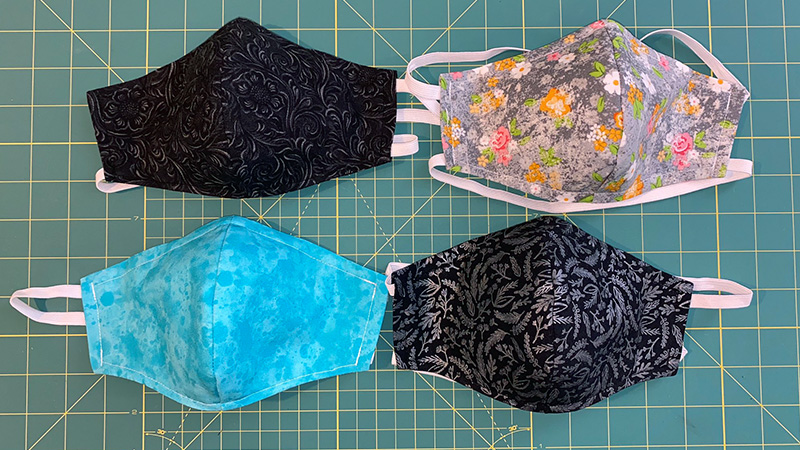
Non-woven interfacing is a fabric-like material used extensively in sewing and textile applications. Unlike woven interfacing, it is created by bonding or felting fibers together rather than weaving them.
This results in a material that lacks the characteristic grid pattern of woven fabrics. Non-woven interfacing is often chosen for its lightweight and flexible properties, making it ideal for projects where drape and softness are essential, such as in lightweight clothing or delicate fabrics.
It can come in fusible and sew-in varieties, providing added stability, support, and structure to garments and crafts without adding bulk or altering the fabric’s natural drape.
3. Knit Interfacing Fabric
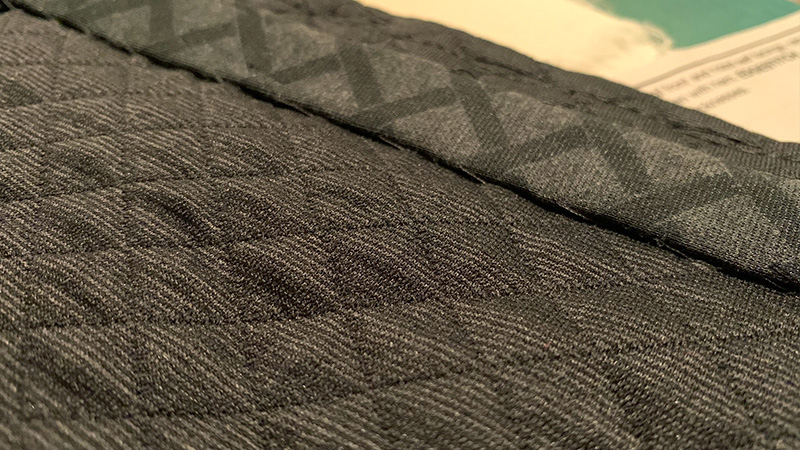
Knit interfacing fabric is a specialized textile used in sewing and garment construction. Unlike traditional woven or non-woven interfacing, this material is designed to complement stretchy knit fabrics.
Knit interfacing is typically made from lightweight, stretchy materials like tricot or jersey, allowing it to flex and move in harmony with the fabric it’s applied to.
It’s an essential tool for reinforcing seams, stabilizing necklines, and adding structure to knit garments without compromising their elasticity. This interfacing provides a supportive yet pliable layer, ensuring that the finished product retains its shape and comfort, making it an invaluable component in creating well-fitting and flexible knitwear.
4. Fusible Interfacing
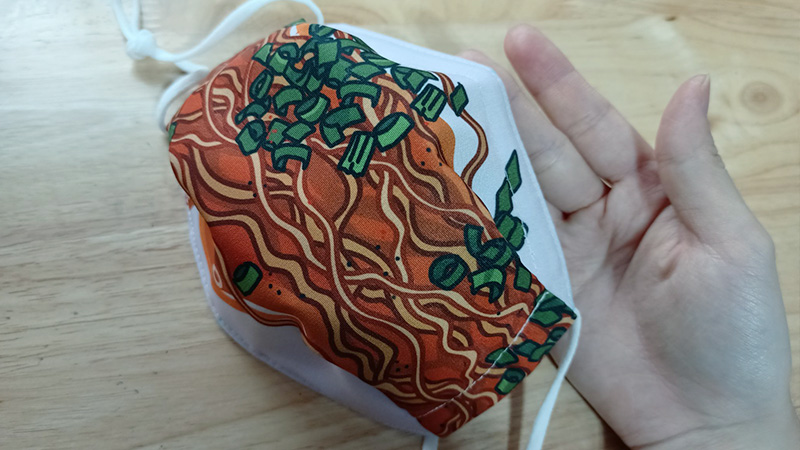
Fusible interfacing is a versatile sewing material designed to add stability and structure to fabrics through the application of heat. This type of interfacing typically features an adhesive side that, when heated with an iron, bonds to the fabric’s wrong side.
It is commonly used in garment construction, quilting, and various sewing projects to reinforce collars, cuffs, plackets, and other areas that require extra support.
Fusible interfacing comes in various weights and materials, allowing for customization based on the fabric and project requirements. Its ease of use and ability to maintain fabric drape while providing added strength make it a popular choice among sewers and tailors.
5. Non-fusible Interfacing Fabric
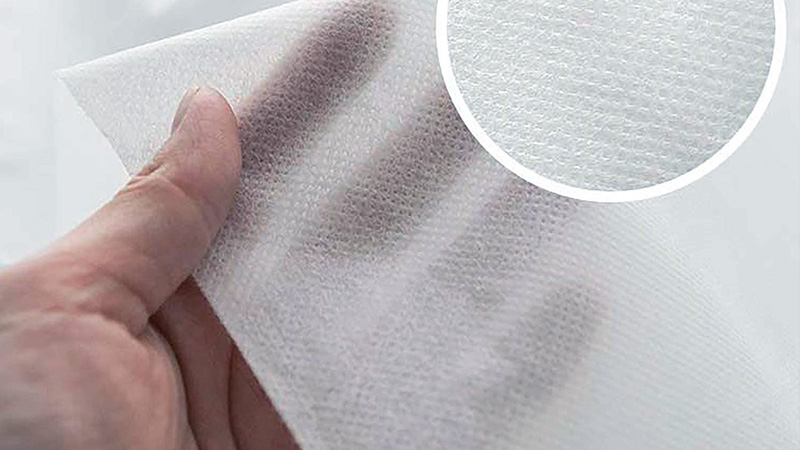
Non-fusible interfacing fabric is a sewing material used to add structure and stability to garments and fabric projects without the use of adhesive. Unlike fusible interfacing, it doesn’t have an adhesive side that adheres when heat is applied.
Instead, it’s sewn or basted into place. Non-fusible interfacing comes in various weights and materials, including woven and non-woven options. It’s commonly used for projects where fusible interfacing may not be suitable, such as with delicate fabrics or when a temporary interfacing solution is needed.
This type of interfacing allows for precise control over the placement and stitching, making it a valuable tool for skilled sewers and tailors.
6. Double-sided Fusible Interfacing
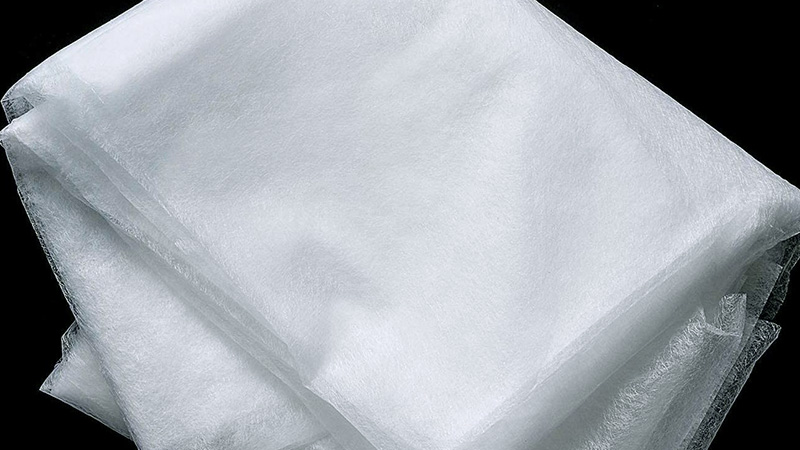
Double-sided fusible interfacing is a versatile sewing material that features adhesive on both sides, allowing it to bond two layers of fabric together when heat is applied.
This interfacing is commonly used in various sewing and crafting projects to add strength, stability, and structure. It can be particularly useful for joining fabrics in appliqué work, quilting, and when making accessories like bags or hats.
The adhesive on both sides of the interfacing ensures a secure bond between the fabric layers, making it easier to work with and providing a professional finish to the project.
It’s a valuable tool for achieving clean and durable seams.
Conclusion
Interfacing materials play a pivotal role in the world of sewing and textile work, offering a spectrum of options to enhance and transform fabric projects.
Whether it’s the flexible support of non-woven interfacing, the seamless bonding of fusible interfacing, or the tailored strength of double-sided variants, these materials are indispensable tools for achieving desired shapes, structures, and finishes.
From reinforcing seams to stabilizing delicate fabrics, interfacing empowers creators to bring their visions to life with precision and durability.
The choice of interfacing depends on the specific project and fabric characteristics, showcasing the adaptability and versatility of these essential textiles in the hands of skilled artisans and crafters.
Leave a Reply